At this year’s Capital Pioneer Digital Assets Summit, a common topic of conversation was the changing investment ecosystem and how institutions are adapting their systems to stay competitive.
The “New Wine (Needs) New Bottles” panel framed tokenisation not as a buzzword, but as a catalyst for systemic change across infrastructure, products and investor access.
Simon Keefe, managing director and head of digital solutions at Calastone, opened by describing how tokenisation is prompting asset managers to rethink distribution, operations, and investor reach.
He highlighted growing demand for tokenised money market funds and stablecoins. Keefe stressed simplicity and interoperability as key, noting that “keep it simple” was his recurring lesson from early pilots.
While all panellists agreed that tokenisation was a key driver of change, Sabih Behzad, head of digital assets at Deutsche Bank, highlighted a sometimes-overlooked aspect: reintermediation.
“We now have the concept of on-chain compliance, a feature that never existed before,” said Behzad.
“It’s not as straightforward as saying there were ten parties in a transaction and now, we only need two; by adopting this technology, we may introduce new requirements rather than simply removing existing ones.”
For Behzad, interoperability and regulatory certainty are essential for institutions to scale participation.
While digitisation is streamlining many financial processes, the panel noted that investors also need to be prepared for new approaches.
Eamonn O’Callaghan, global head of ETF products at CACEIS, pointed to another often-overlooked change: softer factors that require institutions to “meet in the middle”.
“You’re giving staff a whole new set of tools to work with, and you need to train them up. Sourcing that talent in the first place has proven quite challenging,” said O’Callaghan.
“There’s a lot to consider in terms of the softer, non-system factors, and you need to build your processes around those while meeting somewhere in the middle. As an industry, there’s still a huge amount we need to work through to find the right solutions.”
O’Callaghan also offered the investor perspective, charting the evolution of ETFs from passive wrappers to multi-asset, digitally enabled vehicles, seeing tokenisation as democratising investment access.
Together, the panellists agreed that the convergence of traditional finance (TradFi) and decentralised finance (DeFi) is less about replacing old systems and more about reengineering them. The goal is to build an infrastructure ready for both institutional rigour and decentralised innovation.



